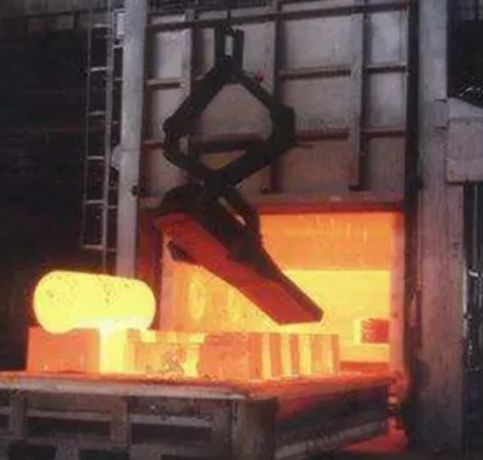
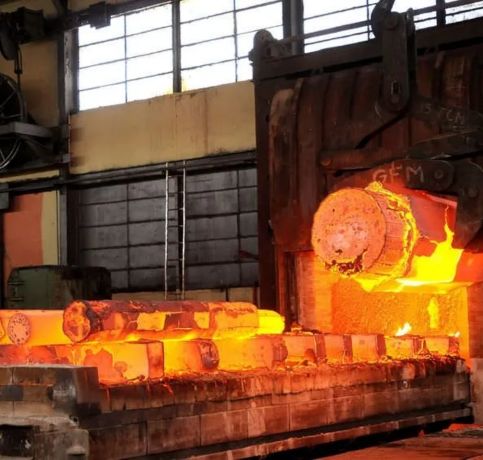
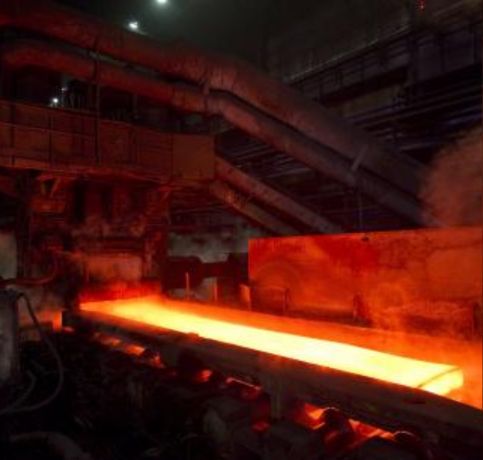
Stainless Steel 347 forgings consist of iron with a composition of 17-19% chromium, 9-13% nickel, and 0.04-0.10% carbon, with traces of manganese (2.00%), silicon (1.00%), and molybdenum (0.75%). The titanium content is 5 times that of carbon content, which ensures stabilization of the alloy and does not allow carbide precipitation at high temperatures. Its mechanical properties are tensile strength of 520-860 MPa, yield strength of 205 MPa, and elongation of 40-50%. The material is maintained under high temperature for resistance to oxidation and corrosion and has very high-stress applications in the industries like aerospace, chemical processing, and power generation.

| Standard | ASTM A182, ASME SA182 |
| Specification | DIN, ASTM, BS and all International Standards |
| Flat bar blocks | up to 27″ width and 15,000 lbs. |
| Cylinders and sleeves | up to 50″ maximum O.D. and 65″ maximum length |
| Discs and hubs | up to 50″ diameter and 20,000 lbs. |
| Rolled, hand forged or mandrel forged rings | up to 84″ maximum O.D. and 40″ maximum length |
| Rounds, shafts and step shafts | up to 144″ maximum length and 20,000 lbs. |
| Forging Types | Impression Die Forging, Open Die Forging, Seamless Rolled Forging, Hot Forging, Cold Forging, Open die hammer forging, Impression die drop forging, Closed Die Forging, Press Forging, Upset Forging, Compression Forging, Swaging, Rotary Forging, Roll forging. |
| Grade | C | Mn | Si | P | S | Cr | Mo | Ni | N | |
| 347 | min. | – | – | – | – | – | 17.0 | – | 9.0 | – |
| max. | 0.08 | 2.0 | 1.0 | 0.040 | 0.030 | 20.0 | 13.0 | – | ||
| Grade | Tensile Strength (MPa) min | Yield Strength 0.2% Proof (MPa) min | Elongation (% in 50mm) min | Hardness | |
| Rockwell B (HR B) max | Brinell (HB) max | ||||
| 347 | 515 | 205 | 40 | 92 | 201 |
| STANDARD | WERKSTOFF NR. | UNS | JIS | BS | GOST | AFNOR | EN |
| SS 347 | 1.4550 | S34700 | SUS 347 | – | 08Ch18N12B | – | X6CrNiNb18-10 |
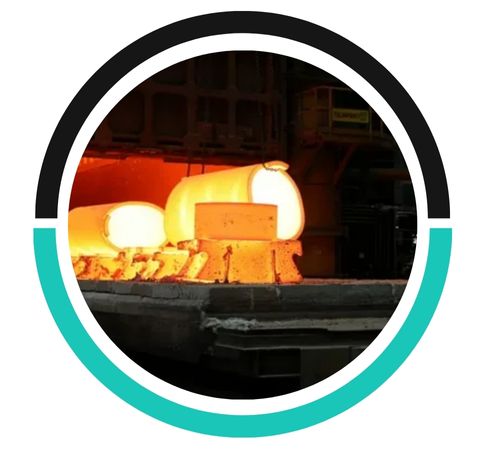
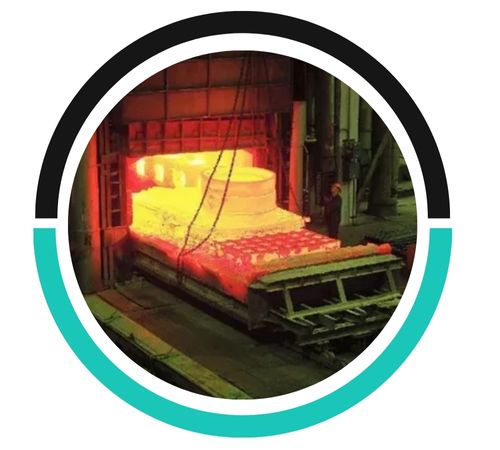
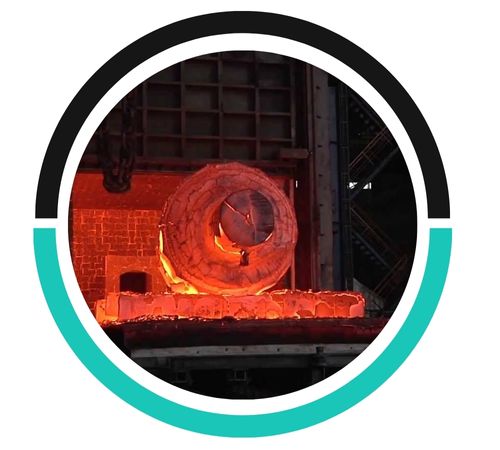
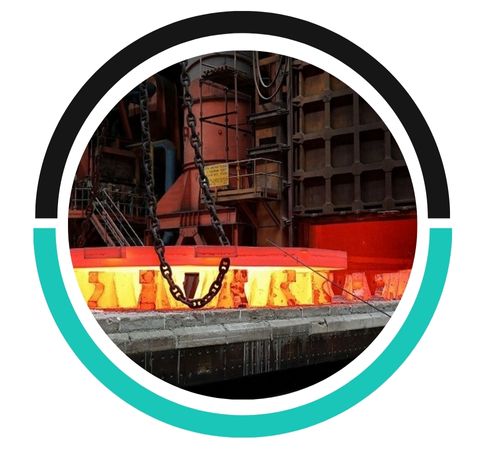
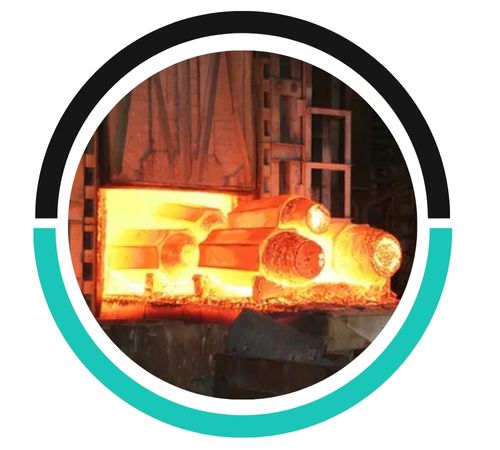
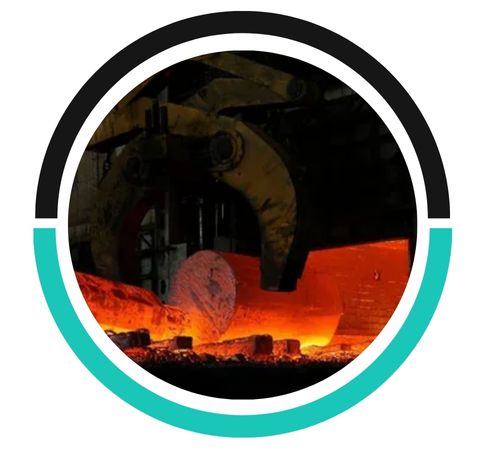
Stainless Steel 347 forgings have limitations in extreme temperatures above 1600°F (870°C), susceptibility to stress corrosion cracking in chloride environments, and reduced formability compared to some other stainless steel grades.
The forging temperature range for Stainless Steel 347 is typically between 2100°F (1149°C) and 2200°F (1204°C). It ensures optimal grain structure and mechanical properties for high-performance applications.
Stainless Steel 347 forgings require minimal maintenance, primarily periodic cleaning to remove contaminants. Regular inspection for corrosion or wear is recommended, along with ensuring proper lubrication for moving parts in harsh environments.
Stainless Steel 347 forgings possess excellent high-temperature oxidation and corrosion resistance, making them highly sought after. They are primarily used in the aerospace, chemical processing, and power generation industries for applications in extreme environments. These forgings are highly suited for use in furnace parts, heat exchangers, and reactor cores where intergranular corrosion and thermal stability are highly critical. The applications include chemical and petrochemical valves, pumps, and fittings; Stainless Steel 347 also shows great performance at high temperature environments, resists acidic, and has some useful features against highly demanding industrial processes.
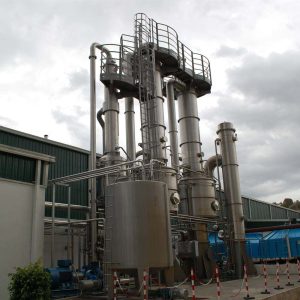
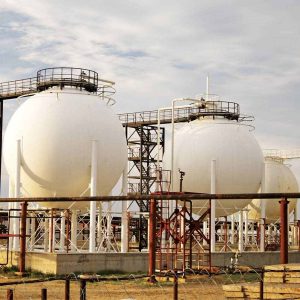
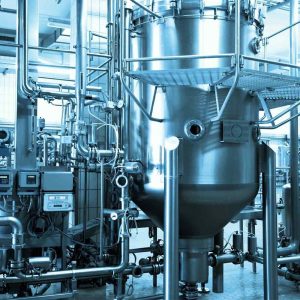
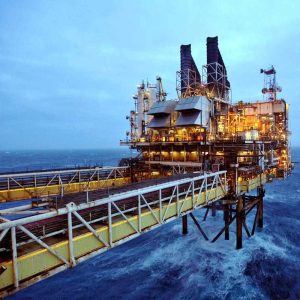
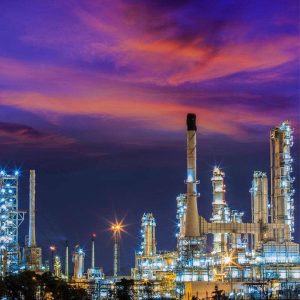
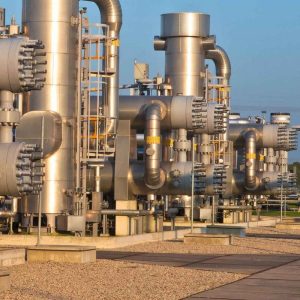
We provide products that come with both mill test certificates and third-party test certificates, ensuring the highest standards of quality and compliance.
Semih Metals is a leading manufacturer, supplier, and exporter of high-quality bars, rods, and forgings, catering to various industries in Istanbul, Turkey
Copyright 2024 Semih Metals. All rights reserved